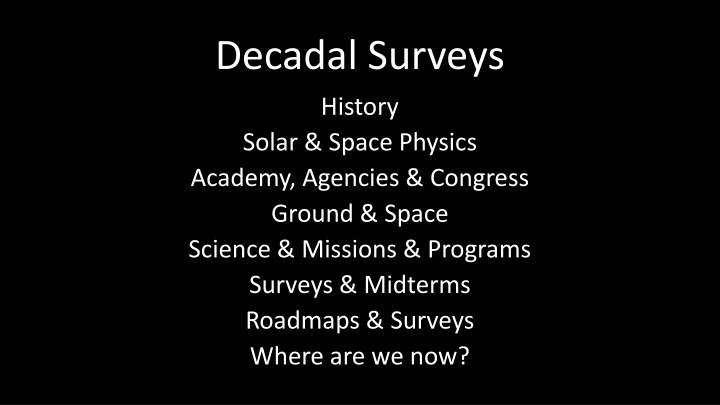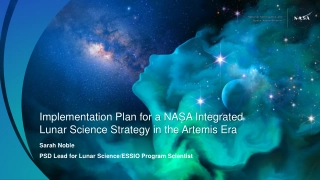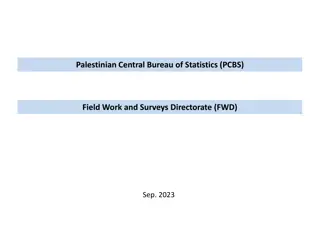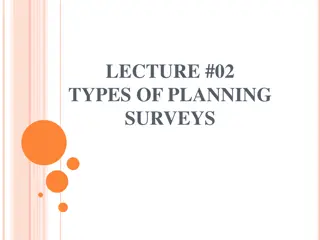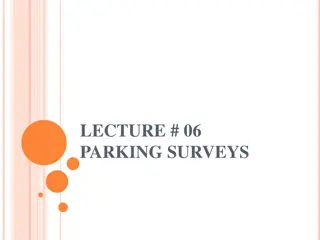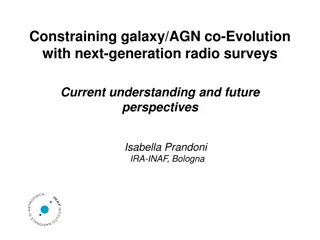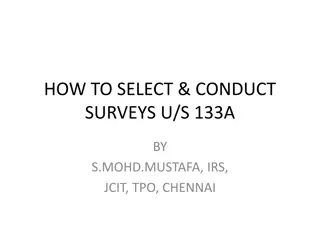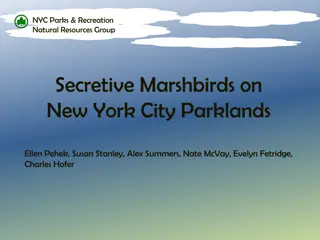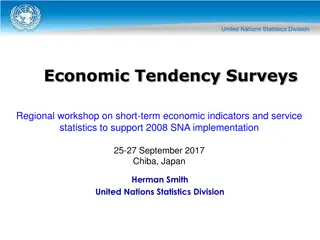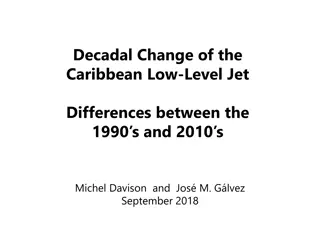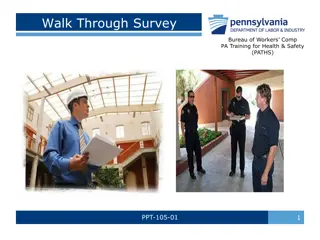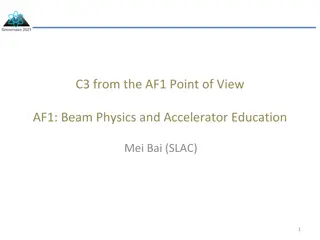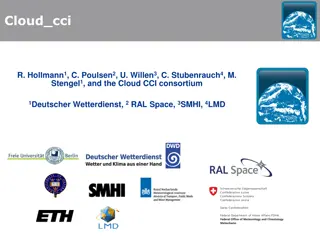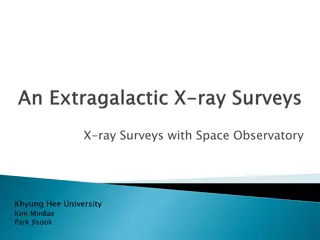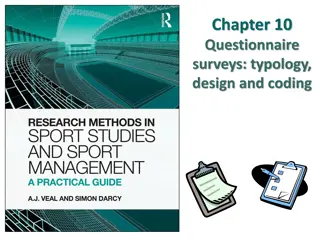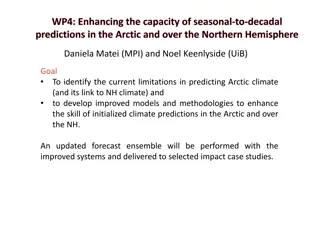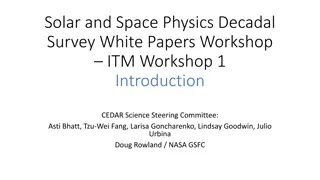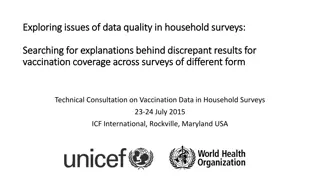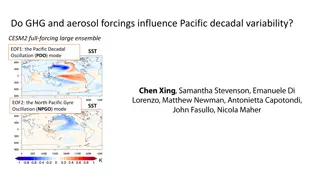Decadal Surveys
Decadal Surveys provide a roadmap for advancing Solar & Space Physics, with a focus on understanding solar magnetic fields, Earth's magnetosphere, and solar energy interactions. The Surveys guide agencies in maintaining and enhancing current programs, emphasizing the importance of DRIVE principles, Explorer Program, and space weather research. Congress and agencies closely follow the recommendations to drive innovation and progress in the field.
Download Presentation

Please find below an Image/Link to download the presentation.
The content on the website is provided AS IS for your information and personal use only. It may not be sold, licensed, or shared on other websites without obtaining consent from the author.If you encounter any issues during the download, it is possible that the publisher has removed the file from their server.
You are allowed to download the files provided on this website for personal or commercial use, subject to the condition that they are used lawfully. All files are the property of their respective owners.
The content on the website is provided AS IS for your information and personal use only. It may not be sold, licensed, or shared on other websites without obtaining consent from the author.
E N D
Presentation Transcript
Decadal Surveys History Solar & Space Physics Academy, Agencies & Congress Ground & Space Science & Missions & Programs Surveys & Midterms Roadmaps & Surveys Where are we now?
Decadal Surveys - History Astronomy surveys began in about 1960 Provided guidance for astronomy, planetary, & solar and space physics, less for Earth science DS outlined community consensus on priorities In early years most projects were completed within the decade Mandated by Congress Evolved to encompass more than NASA and more than science and missions Planetary, Solar and Space Physics, and Earth Science DSs split off in 2000s.
Decadal Surveys - Solar & Space Physics First independent Solar and Space Physics Survey in 2003 The Sun to Earth and Beyond L. Lanzerotti Second SSP survey published in 2013 A Science for a Technological Society D. Baker SSP DS addresses all of NASA Heliophysics, the Geospace Section of NSF/AGS, and parts of NSF-AST, NOAA and others SSP and Astronomy Decadals science overlaps primarily in the science of stars, fundamental astrophysical processes, and exoplanetary systems. SSP and Astronomy Decadals facilities overlap for some ground- based solar facilities (NSF-Astronomy NSO and DKIST) but not all
Decadal Surveys - Solar & Space Physics How are solar magnetic fields created and destroyed? How does Earth s magnetosphere store and release solar energy? How does Earth s atmosphere couple to its space environment? How does the Sun carve its place in the galaxy?
Decadal Surveys - Solar & Space Physics Prioritized Recommendations: Maintain and Complete the Present Programs Implement DRIVE - Diversify, Realize, Integrate, Venture, Educate Enhance the Explorer Program Solar-Terrestrial Probe Science IMAP, Dynamic, Medici LWS Science GDC Space Weather and Space Climatology
Decadal Surveys Academy, Agencies, Congress Congress mandates the decadal surveys and takes results seriously Agencies take science priorities from DS and are judged against them Statement of Task agreed to by NASEM & Agencies Funding provided by NASA (mostly) and NSF Survey process run independently by the National Academies NASEM appoints Committee and Panels and issues reports DS Chair and Committee determine organization and process Typically the DS takes 18 -24 months to complete DS aware of budgets, but can be aspirational and provide decision rules
Decadal Surveys Ground and Space NASA carefully structures its programs to follow science priorities recommended in the DS. NASA is a space mission agency. NSF is responsive to science proposals from the community, but DS science priorities inform programs and selection of ground facilities NOAA is an operational agency.
Decadal Surveys Science & Programs & Missions The purpose of the DS is to determine science priorities for the community Mission concepts are defined only to demonstrate that science priorities are achievable with available resources Programmatic recommendations are provided to help achieve science priorities Agencies are responsible for managing their programs
Decadal Surveys Surveys and Midterms The Committee on Solar and Space Physics (CSSP) continually tracks progress on DS goals and programs A mid-term assessment is performed 5 years after DS publication to determine progress and evaluate agency programs for achieving the published DS priorities Recommendations to maximize scientific gains in light of new information are welcome; however, The mid-term DOES NOT set new priorities
Decadal Surveys Roadmaps & Surveys The RM focuses only on NASA Heliophysics and is performed every 3-4 years RM seeks to provide more timely tactical advice for achieving DS strategic goals within actual Heliophysics budget and program RM time horizon is 25 years rather than 10 can consider more speculative missions and technology development
Decadal Surveys Where Are We Now Mid-term assessment starting now Large missions from last DS launching soon more budget flexibility Overall balance of program is changing Time to start planning for SSP DS 2023 Identify important science Develop new mission concepts Begin technology development
